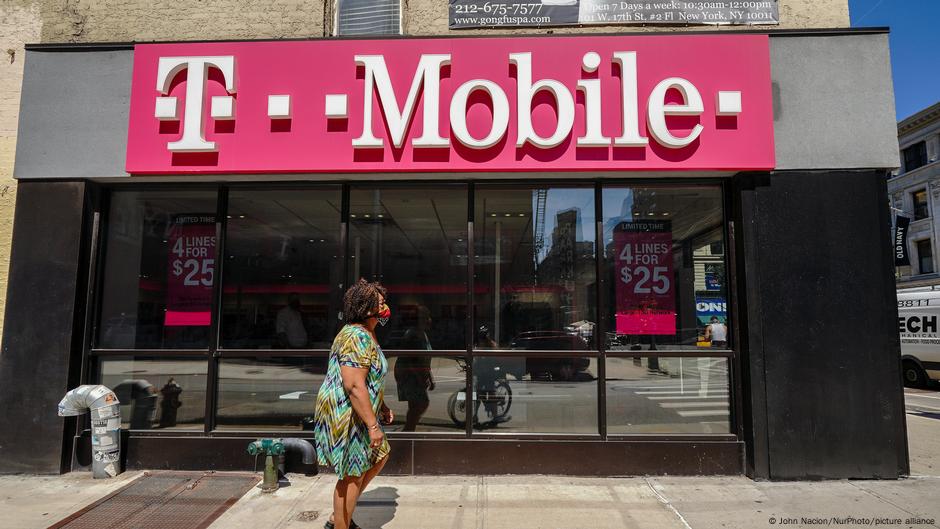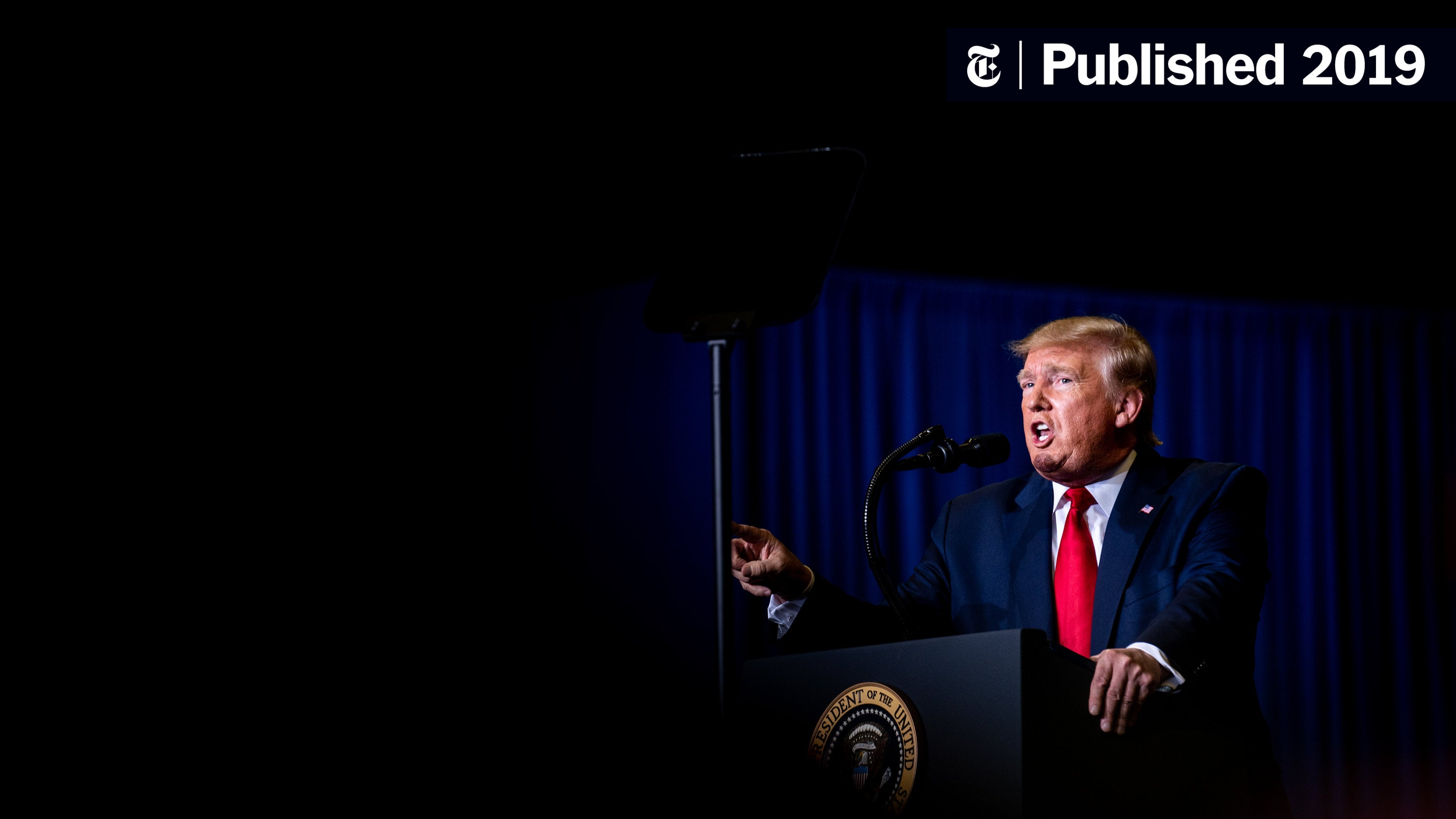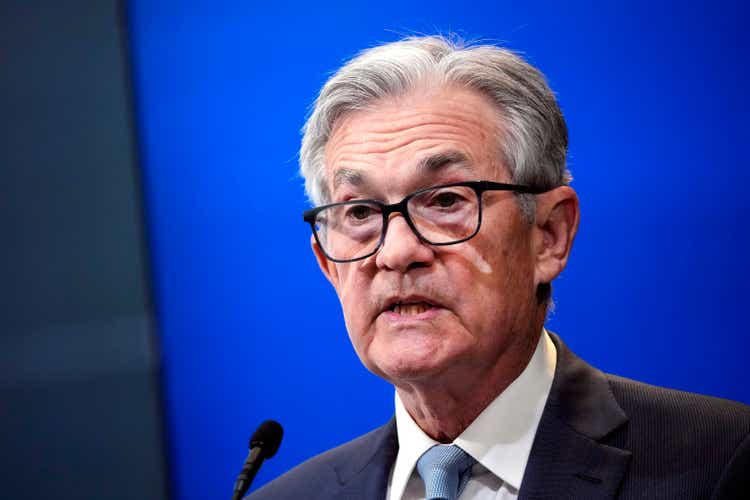BMW And Porsche's China Challenges: A Growing Industry Trend

Table of Contents
Intensifying Competition in the Chinese Luxury Car Market
The Chinese luxury car market is fiercely competitive and no longer dominated solely by foreign brands. Domestic manufacturers like BYD, Nio, and Xpeng are rapidly gaining market share with increasingly sophisticated and technologically advanced vehicles, posing a significant challenge to established players like BMW and Porsche. This intense competition forces these German giants to constantly innovate and adapt their strategies to maintain their position.
- Rise of domestic Chinese luxury brands: The emergence of brands like Hongqi and Li Xiang, backed by significant government support and leveraging advanced technologies, directly challenges the dominance of foreign luxury car makers. These brands are not just offering competitive pricing but also sophisticated designs and features that appeal to Chinese consumers.
- Aggressive Pricing Strategies: Local manufacturers are employing increasingly competitive pricing strategies, often undercutting established brands to capture market share. This necessitates price adjustments and strategic offerings from BMW and Porsche to remain attractive.
- Technological Arms Race: The pressure to offer cutting-edge features and technological advancements is immense. Chinese consumers are highly tech-savvy and expect the latest innovations in connectivity, autonomous driving features, and infotainment systems. Falling behind in this area can quickly lead to loss of market share in the luxury car segment.
Navigating China's Shifting Regulatory Landscape
China's government is actively reshaping its automotive landscape through stricter regulations, incentivizing electric vehicle adoption, and implementing complex import/export policies. These regulatory changes demand significant investment and adaptation from BMW and Porsche, impacting their production strategies, product development, and overall market approach.
- Stringent Emission Standards: China's increasingly stringent emission standards, aimed at reducing air pollution, put pressure on manufacturers heavily reliant on internal combustion engine (ICE) vehicles. This necessitates significant investment in electric vehicle (EV) technology and a phased transition away from ICE vehicles.
- Government Incentives for EVs: Significant government incentives, including subsidies and tax breaks, are favoring electric and hybrid vehicles. This creates a strong push for BMW and Porsche to accelerate their electrification strategies and offer competitive EV models tailored to the Chinese market.
- Localization Pressure: To reduce import tariffs and meet government quotas, there is increasing pressure to localize production within China. This requires substantial investment in manufacturing facilities and supply chains within the country.
The Electrification Push and Infrastructure Challenges
The transition to electric vehicles (EVs) in China presents both opportunities and challenges. While consumer demand for EVs is rapidly growing, the charging infrastructure in certain areas remains underdeveloped, posing a hurdle to widespread adoption. Furthermore, battery technology continues to evolve rapidly, requiring constant investment and adaptation.
- Charging Infrastructure Investment: BMW and Porsche must invest significantly in expanding charging infrastructure and battery supply chains to support the growing demand for EVs. Collaboration with local partners is crucial to address this critical infrastructure gap.
- Consumer Education: Educating Chinese consumers about the benefits and practicalities of electric vehicle technology is essential for driving adoption. This involves addressing range anxiety and promoting the convenience of EV ownership.
- Battery Technology Competition: The race in developing and adopting cutting-edge battery technology is intense. Staying at the forefront of this technological advancement is critical for maintaining competitiveness in the EV segment. Models like the BMW iX and the Porsche Taycan need to showcase the latest advancements to remain attractive in the market.
Understanding the Unique Preferences of Chinese Consumers
Chinese consumers have unique preferences, driven by factors such as technological innovation, brand image, and social status. Catering to these preferences is crucial for success in the Chinese luxury car market. Understanding these nuances is critical for effective marketing and product development.
- Tech-Savvy Consumers: Chinese consumers place a strong emphasis on technological features and connectivity, expecting advanced infotainment systems and driver-assistance technologies.
- Locally Produced Luxury: A growing preference for locally produced luxury vehicles is evident. This highlights the importance of local production and manufacturing partnerships.
- Brand Image and Social Status: The brand image and the social status associated with car ownership are highly significant. Effective marketing must resonate with the aspirations and social values of the target consumer group.
Conclusion
The Chinese automotive market presents significant opportunities for brands like BMW and Porsche, but success demands navigating a complex array of challenges. Intense competition, evolving regulations, the rapid adoption of electric vehicles, and understanding unique Chinese consumer preferences are key factors determining future success. To thrive, these brands must continue to invest in innovation, localization, and a deep understanding of the unique nuances of the China automotive market. Staying abreast of the ever-changing trends in BMW China and Porsche China is crucial for understanding the future of the global luxury car industry. Investing in a comprehensive understanding of the China automotive market is key to long-term success for luxury brands.

Featured Posts
-
 High California Gas Prices Governor Newsoms Push For Oil Industry Solutions
Apr 24, 2025
High California Gas Prices Governor Newsoms Push For Oil Industry Solutions
Apr 24, 2025 -
 Three Years Of Data Breaches Cost T Mobile 16 Million In Fines
Apr 24, 2025
Three Years Of Data Breaches Cost T Mobile 16 Million In Fines
Apr 24, 2025 -
 Legal Battles Hamper Trumps Immigration Enforcement Policies
Apr 24, 2025
Legal Battles Hamper Trumps Immigration Enforcement Policies
Apr 24, 2025 -
 The Bold And The Beautiful April 16th Recap Hopes Concerns For Liam And Bridgets Discovery
Apr 24, 2025
The Bold And The Beautiful April 16th Recap Hopes Concerns For Liam And Bridgets Discovery
Apr 24, 2025 -
 Trumps Comments On Powell Stability For The Federal Reserve
Apr 24, 2025
Trumps Comments On Powell Stability For The Federal Reserve
Apr 24, 2025
